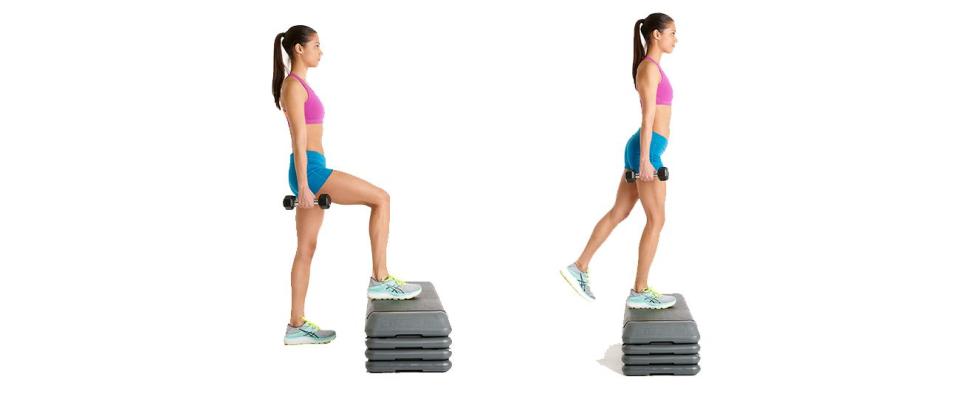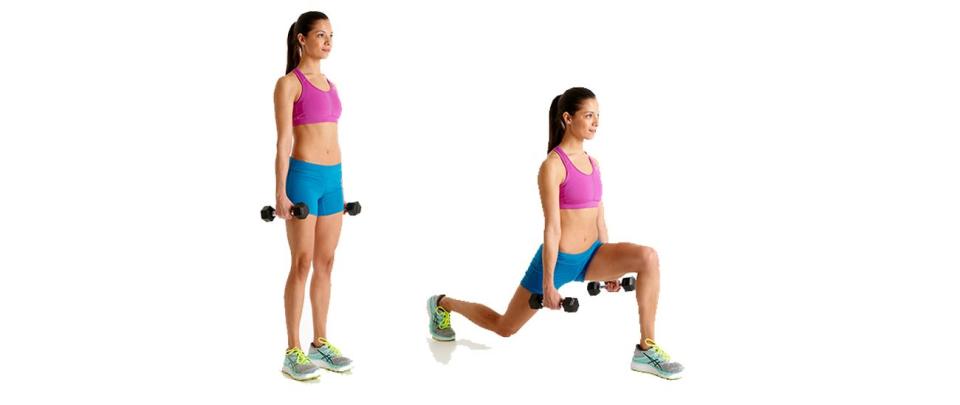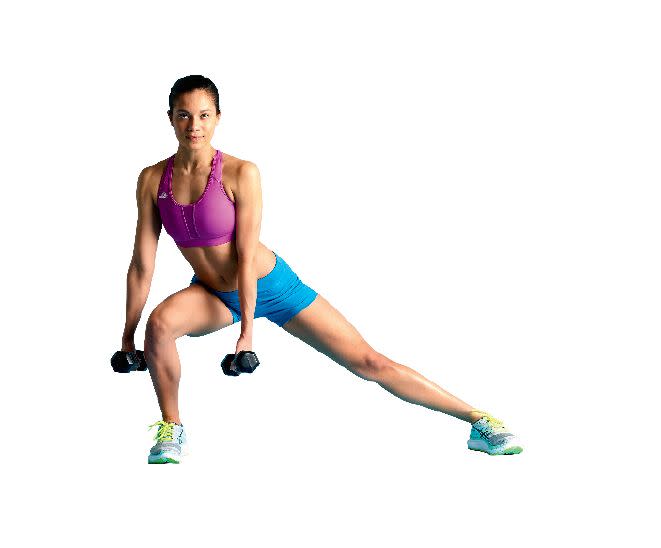Training for a hilly half marathon? Try our 12-week training plan
The best way to do well in a race with lots of ups and downs is to climb and descend regularly during your training. ‘Instead of doing a speed-focused training schedule, it makes a whole lot more sense to focus on hills,’ says running coach Janet Hamilton.
If you almost never run hills during a normal training week, seek them out once per week: find a hill that will allow you to climb for about 60 seconds, and run it a few times during a midweek run that’s longer than your shortest recovery runs.
Once you’re comfortable with that, you can progress to a route with longer and/or steeper climbs, says Hamilton. Then, you can start adding some hills to your long runs – warm up with a few flat miles, run a few miles on rolling hills and cool down with several more flat miles.
How to run uphill
1. Don’t overstride
‘You want to keep your feet directly underneath your body,’ explains elite trail runner Elsey Davis. ‘When I came from road running, I would try to stride too much running uphill. I’ve learned that you use way too much energy doing that, and it’s more efficient if you keep your feet beneath you.’
2. Shorten your stride
‘When you get to the hill, make sure you shorten your stride,’ says Davis. ‘You don’t want to start the hill with too much effort, otherwise you’ll run out before you reach the top. When you get to the top, that’s when you want to start stretching your stride out a little. A lot of people get to the top of the hill really tired and then use the top for recovery, but you can gain so much space on other people if you keep that momentum going at the top.’
Hamilton agrees, saying that while it might sound obvious, ‘a lot of people don’t really grasp how to run hills. They go into attack-the-hill mode.’ This will leave you fatigued and breathless at the top and will waste the energy you’ll need later in your run. Instead, work on maintaining an even effort going uphill – as you do on level ground – even if your pace slows.
3. Lean forward
‘You want to work with gravity,’ says Davis. ‘You want to keep your body upright but lean forward slightly. You don’t want to collapse forward and lose your lung capacity, because it’s important to get enough oxygen, but you want to lean forward a little so that gravity is pushing you up the hill. If you start leaning backwards, then you’re going to start feeling like you’re falling backwards.’
4. Don’t look down
‘Don’t look directly at your feet,’ advises Davis. ‘I know it’s tempting – and you want to see where your feet are going next – but you want to try to read the trail before you get to it. And then, before you know it, you’ll get to the bit of trail up ahead you were looking at, and subconsciously your body will know where your feet need to go.’
5. Even pace
Tune in to how you are breathing at a comfortable pace on the flat stretch leading up to the hill, and try to maintain that same pace as you climb. ‘Obviously, looking at your watch is fairly useless here,’ says Davis, ‘because the pace is completely different compared to when you’re running on the flat, so you need to listen to your body and listen to your breathing. If you get stuck behind someone in a race, don’t panic – it’s better to wait until there’s somewhere you can pass without expending much energy.’
If you decide to do race-pace work on hills – which is a good idea if you have a time goal in mind, says Hamilton– you can practise averaging an even pace despite climbs and descents by maintaining the comfortably hard effort level you associate with race pace.
The benefits of running uphill
There’s no denying that running uphill is tough. Hills break your rhythm, make it harder to run a fast time and put an immense strain on your body. But hills are good for you and they’re good for your running. Training on hills improves leg-muscle strength, quickens your stride, expands stride length, develops your cardiovascular system, enhances your running economy and can even protect your leg muscles against soreness. In short, hill running will make you a stronger, faster and healthier runner. What’s more, the benefits are relatively quick to take effect. In as little as six weeks of regular hill training, you can expect a significant improvement in your muscle power and speed.
5 exercises to help you run stronger on hills
1. Squats

Why: Squats work the glutes, hamstrings and quads.
How: Holding dumbbells and with your feet shoulder-width apart, shift your weight to your heels as you lower into a seated position. Keep your eyes forward and descend until your hamstrings are parallel to the ground before you stand back up. Do 25 reps at a controlled pace.
2. Step up

Why: Develops powerful quads for stronger hill climbing.
How: Holding dumbbells, place your right foot on a box or step. Drive your weight into your heel as you step up. Squeeze your glutes at the top and step back down in a controlled manner. Repeat with the left foot. Do 20 total reps, alternating legs.
3. Deadlift

Why: Strengthens glutes, hamstrings and calves for stability on downhills.
How: Stand with feet shoulder-width apart. Bend at the waist and knees and pick up a pair of dumbbells. As you rise, pinch your shoulder blades together. Lower down, tapping the dumbbells on the ground before standing again. Do 25 reps at an even pace.
4. Forward lunge

Why: Builds strength to help you maintain form.
How: Stand tall, holding dumbbells. Step forward with your left foot, then bend the left knee until the hamstring is parallel to the floor. Your right knee should be just above the ground and your left knee behind your toes. Step up and repeat on the other side. Do 20 reps, alternating legs.
5. Sideways lunge

Why: Works the glutes and the quads (the quads are the primary muscles used when you’re running uphill).
How: Holding dumbbells, step to your left, bending your left knee until your hamstring is parallel to the floor. Push off the left foot and return to the starting position, then repeat on the right. Do 20 reps, alternating legs.
The hilly half-marathon training plan
This plan is for intermediate runners who are already logging a minimum of 25 miles per week, with a long run of at least eight miles:

How to read the plan:
Strides: Do six to eight 20-30 second accelerations post-run.
Long run: Run at a comfortable pace.
Effort hills (gradual): After an easy warm-up, run repeats on a gradual hill, maintaining a comfortable effort as you climb and descend. Cool down to complete that day’s distance.
Effort hills (steep): The same as the gradual exercise, but find a more challenging hill.
Runs with race pace: After at least a mile of jogging to warm up, run at goal pace. Jog a mile to cool down.
Pace hills: During your warm-up, gradually ramp up to race pace. Then, hold that effort on a mix of hills (slowing on climbs, speeding up on descents). Cool down at an easy pace.
Long with hills: After a few flat, easy miles, seek out serious hills. Maintain a comfortable effort level as you climb and descend. Finish on flat terrain.
You Might Also Like

 Yahoo Sport
Yahoo Sport 





































